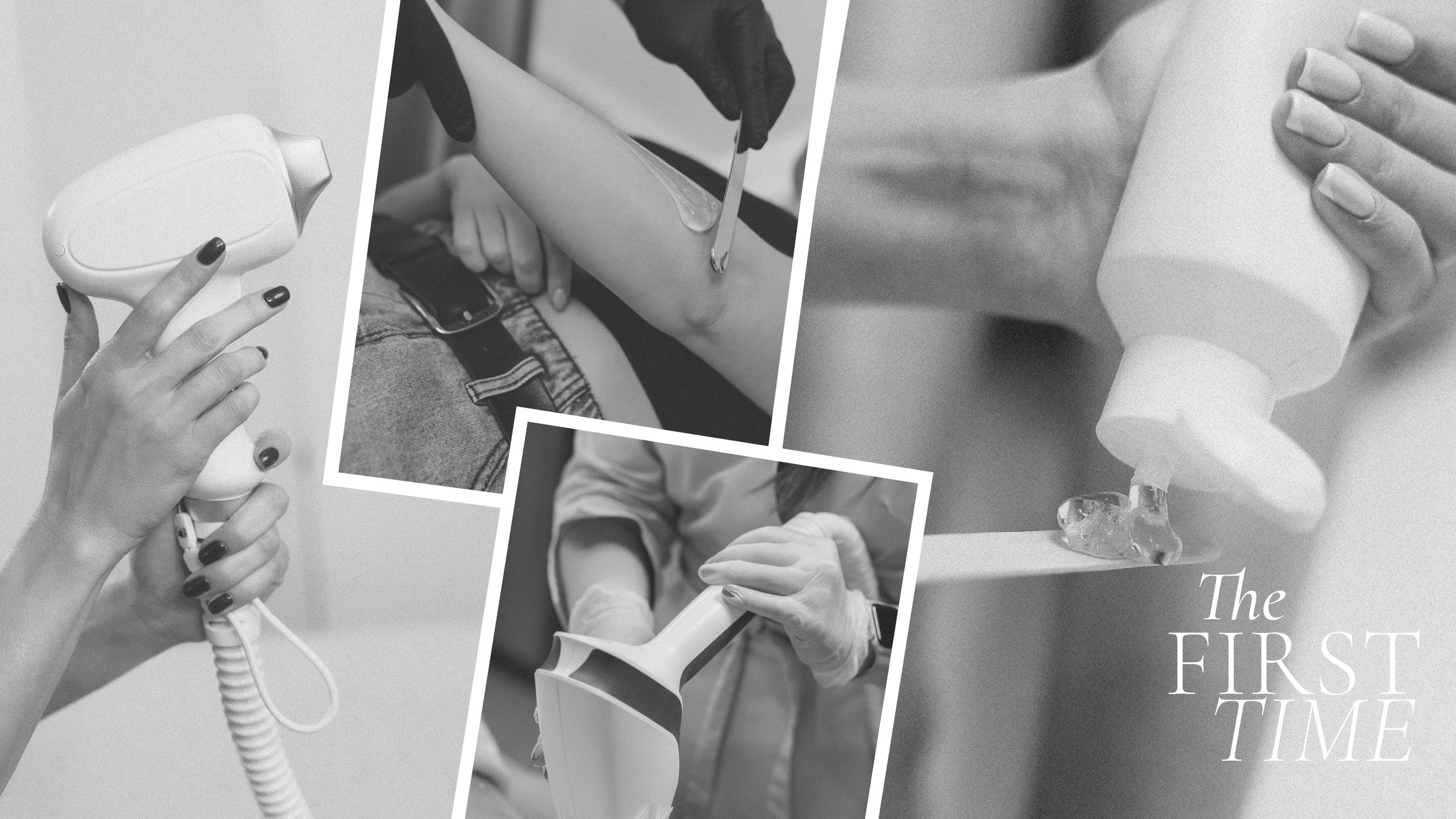





What I Wish I'd Known Before Laser Hair Removal

Laser hair removal is one of those beauty treatments a lot of us put off — whether because of cost, nerves or a fog of conflicting information. Many who finally take the plunge describe it as a life-changing investment, but there are practical things most patients wish they’d known beforehand. This guide distils what to expect, how to prepare and the realistic outcomes to look for, so you can decide with confidence.
How laser hair removal works — the basics
At its simplest, laser hair removal uses concentrated light energy to target the pigment (melanin) in the hair shaft and follicle. The light is absorbed and converted to heat, which damages the follicle enough to reduce future hair growth. Because laser energy interacts with pigment, treatment effectiveness varies by hair and skin type.
Preparing for treatment — practical steps
- Avoid sun exposure: Tanned skin can increase the risk of side effects and make treatment less effective. Most clinics advise avoiding deliberate tanning and using SPF for weeks before and after sessions.
- Shave, don’t wax or pluck: Shaving keeps the hair shaft in place for the laser to target the follicle. Plucking or waxing removes the follicle and reduces efficacy.
- Skip active topical products: Stop retinoids or chemical peels around the treatment area as advised by your practitioner — these increase skin sensitivity.
- Arrange patch tests: A small patch test helps determine which settings suit your skin and assesses immediate reactions.
- Ask about medical interactions: Inform your clinician about medications, including antibiotics or photosensitising drugs, and any history of cold sores if treating the face.
What to expect during and after sessions
Sessions are usually quick for small areas (underarm, bikini line) and longer for larger areas (legs, back). You may feel a stinging or snapping sensation; some clinics use cooling systems or topical numbing to improve comfort. After treatment, common short-term reactions include redness, mild swelling and a sensation like sunburn — these typically settle in hours to a few days.
Because hair grows in cycles and lasers are most effective on active (anagen) follicles, multiple sessions are required to treat all hairs. Results are cumulative: many people notice reduced density and finer regrowth between appointments.
Choosing a clinic and understanding suitability
Not every device or practitioner is the same. When evaluating clinics, consider:
- Qualifications: Treatments should be performed or supervised by trained clinicians. Ask about their certification and experience with your skin/hair type.
- Device type: Clinics use different lasers; reputable clinics will explain why a particular device suits you. Avoid venues that cannot name the laser system or provide patient information.
- Patch test policy: A proper patch test and realistic consultation are essential — this is a sign of good practice.
- Aftercare and follow-up: Ensure they provide clear aftercare advice and have a plan for any adverse reactions or unsatisfactory results.
Risks, side effects and realistic outcomes
Laser hair removal is widely practised and generally safe, but it is not risk-free. Short-term effects include redness, blistering, pigment changes and, rarely, scarring or infection if aftercare is insufficient. People with darker skin tones or very light hair may experience reduced effectiveness or increased risk of pigment change — experienced clinics will tailor settings or offer alternative approaches.
It’s important to approach expectations sensibly: most patients experience significant and long-lasting hair reduction, though some maintenance sessions may be needed years later. Permanent hair-free guarantees are not universally reliable; instead, look for providers who discuss probabilities and maintenance frankly.
Cost and time commitment
Laser hair removal is an investment both of time and money. Costs vary by area treated, device used and clinic reputation. Budget for an initial consultation, a course of treatments and occasional top-ups. Think of the cost in terms of long-term convenience rather than direct parity with single-session temporary hair removal methods.
Key Takeaways
- Laser hair removal offers sustained hair reduction but requires multiple sessions because hair grows in cycles.
- Effectiveness depends on hair pigment and skin tone — darker hair and lighter skin often respond best, though modern devices work across a broader range.
- Proper preparation (no recent tanning, shave not wax, patch test) and aftercare reduce side effects and improve outcomes.
- Choose a reputable clinic that names its device, provides a patch test and explains realistic results and maintenance needs.
- View the treatment as a medium- to long-term investment in time and cost, not a one-off permanent fix — ongoing top-ups are normal for many people.
Frequently Asked Questions
Does laser hair removal hurt?
Discomfort varies by area and individual tolerance. Many describe a snapping or stinging sensation. Clinics often offer cooling or topical anaesthetics to reduce pain during treatment.
Is it suitable for all skin and hair types?
Laser targets pigment, so darker hair typically responds best. That said, newer laser technologies are safer and more effective across a wider range of skin tones. Very light, grey or red hair may not respond well. A consultation and patch test will clarify suitability.
How many sessions will I need?
Because hair cycles vary across the body, most people need several sessions to catch hairs in their active growth phase. Your practitioner will recommend a schedule based on the area and your hair growth pattern.
What should I do before my appointment?
Follow the clinic’s guidance, but common steps include avoiding sun exposure, stopping tanning products, shaving the area rather than waxing or plucking, and confirming you aren’t using photosensitising medications.
What are the long-term risks?
Long-term risks are uncommon when treatment is carried out by qualified professionals. The main concerns are pigment changes, scarring or, rarely, persistent redness. Choosing a reputable clinic and following aftercare instructions reduces these risks.
Explore More: Discover related reads from Hairporium — News • Guides • DIYs • Expert Articles.
Learn More: Explore detailed haircare routines and styling tips at Hairporium Guides.







